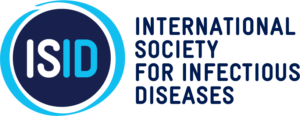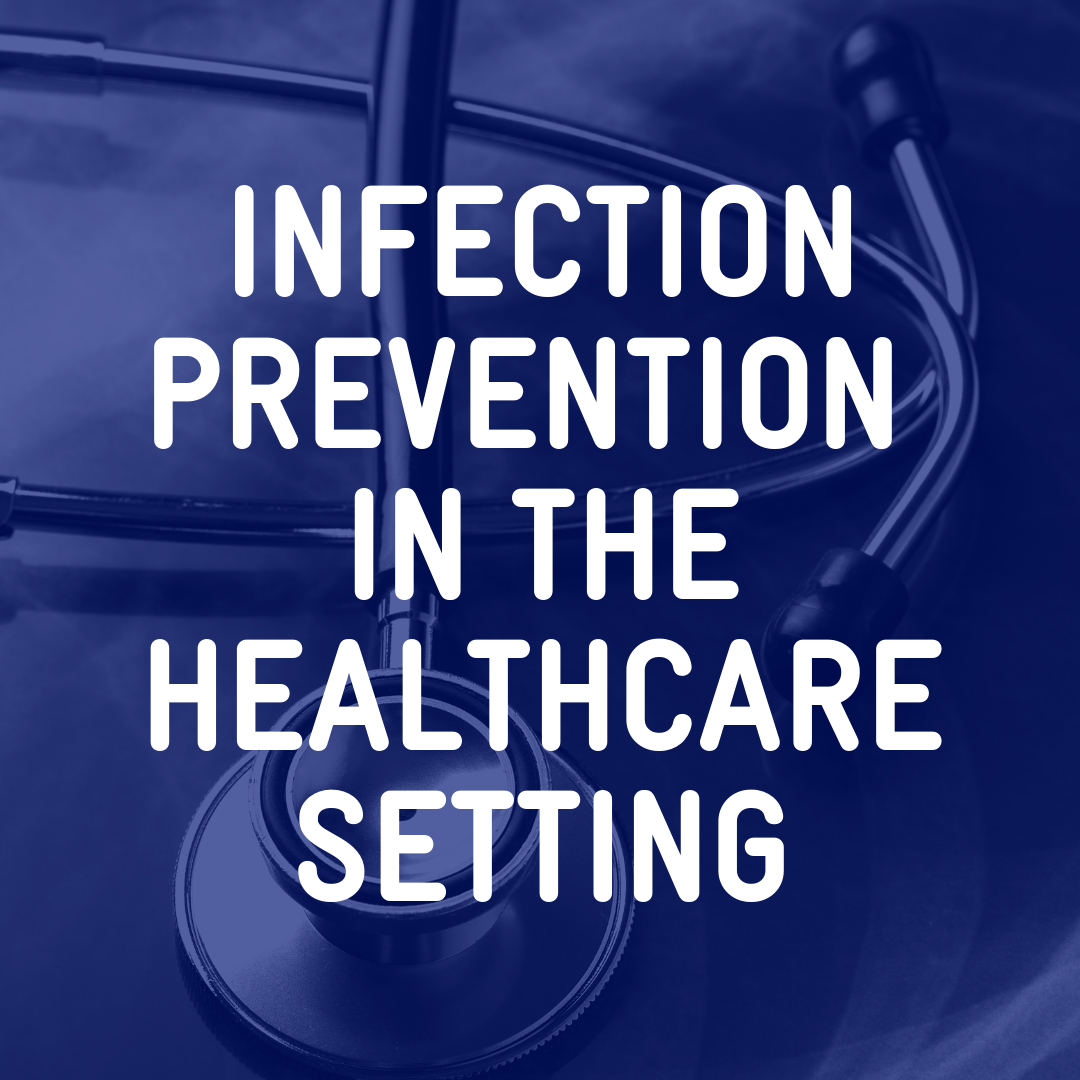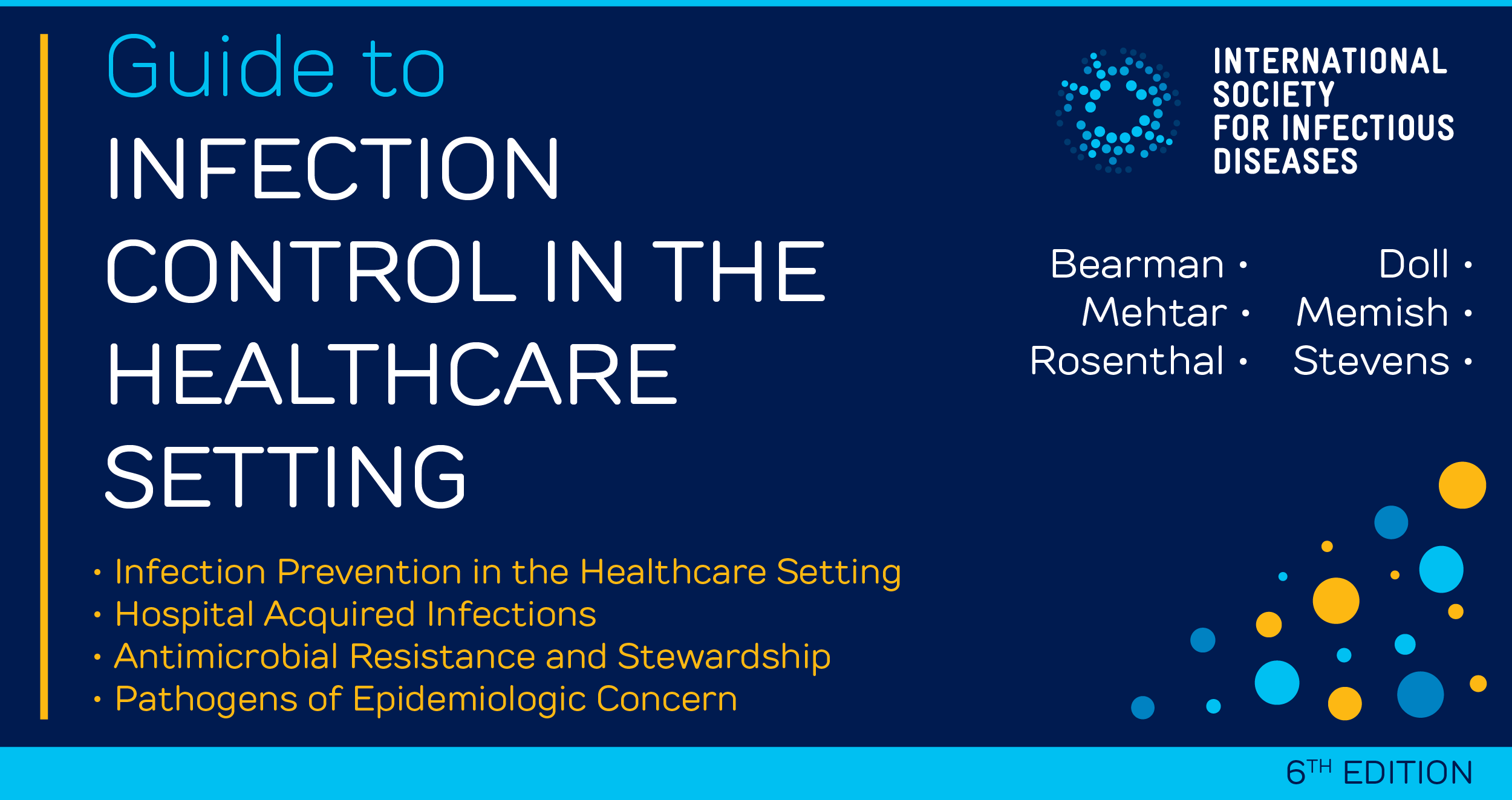GUIDE TO INFECTION CONTROL IN THE HEALTHCARE SETTING

Care bundles include a set of evidence-based measures that, when implemented together, have shown to improve patient care and have a greater impact than that of the isolated implementation of individual measures. Bundles help to create reliable and consistent care systems in hospital settings since they are simple, clear, and concise and contribute to infection prevention, reduce unnecessary antibiotic prescribing, and may limit the development of antibiotic resistance in healthcare facilities.
Disinfection of the inanimate environment decreases bioburden and limits cross transmission of pathogens in the hospital. This chapter summarizes recommended procedures for the disinfection of environmental surfaces and describes novel approaches such as self-cleaning surfaces and UV light emitting robots that may play a role in infection prevention.
Healthcare workers in the emergency department and receiving areas need to be aware of the risks posed by blood and air-borne infections, and take measures to limit exposure through early identification and isolation of high risk patients. This chapter summarizes how the adoption of reasonable healthcare safety precautions can minimize transmission of most contact-related infections in the emergency department.
Hospital acquired enteric outbreaks, although rare, have been reported. A growing number of hospitalized patients are susceptible to infectious diseases including the elderly and immunocompromised hosts. Coupled with mass production of food, the potential exists for large outbreaks of foodborne illnesses. This chapter summarizes the role of the Infection Control Team in incorporating principles of food safety management at every stage of food handling in the hospital.
Hand hygiene is the cornerstone of infection prevention and is associated with decreased disease transmission, reduced infection rates, and reduced antimicrobial resistance transfer. This chapter describes multimodal approaches that improve healthcare worker hand hygiene compliance.
Hand hygiene (HH) compliance by healthcare workers (HCWs) is an important quality measure in reducing healthcare associated infections. Monitoring compliance to provide feedback is critical to improving performance and has led to advances in direct and indirect measurement approaches. Though limitations apply to all of these methods, tools are available to aid implementation of HH measurement and feedback to support these efforts in a variety of settings.
Heathcare provider (HCP) attire including scrubs, neckties, and white coats frequently become contaminated with bacteria during the course of clinical care. Although the choice of HCP attire may affect infection rates, the impact of apparel microbial burden on occurrence of hospital acquired infections is undefined and the role of HCP attire in cross-transmission of nosocomial pathogens has not been established.
Healthcare workers are not only at risk of acquiring infections in the hospital but can also be a source of infection to patients. This chapter provides a short overview of some of the most important infectious diseases that can be transmitted by healthcare workers and how to prevent transmission in the healthcare setting.
Strategies designed to prevent the spread of Healthcare Acquired Infections (HAI) can be grouped into two categories: vertical and horizontal. Vertical strategies focus on a single organism while horizontal strategies aim to control the spread of multiple organisms simultaneously.
Coming Soon
Water supplies to healthcare facilities are frequently an overlooked yet essential element of safe patient care. Numerous healthcare-associated (HAI) outbreaks have been linked to contaminated water used for patient care. Good quality portable water is still an unmet need in many low- to middle-income countries.
In under-resourced countries, neonatal sepsis and post-partum endometritis continue to cause substantial morbidity and mortality, in both hospital and community settings. This chapter reviews the implementation of simple infection control measures that substantially reduce these infections.
Whether dealing with the recently dead or with old burials, and regardless of which infectious agents may be present, this chapter summarizes practices to greatly reduce the risk to individuals handling the dead of acquiring infection while not compromising the dignity of the deceased and, wherever possible, not interfering excessively with the grieving processes of their relatives.
Key factors in achieving effective containment of healthcare associated transmission in all hospitals are the availability of the necessary financial and logistic resources as well as the compliance of healthcare professionals (HCPs) with standard and isolation precautions. This chapter outlines the implementation of standard precautions and summarizes practices designed to contain airborne-, droplet-, and direct or indirect contact transmission.
Even with advances in laboratory safety, laboratory-acquired infections still occur. Infections can occur via inhalation, inoculation, ingestion, and contamination of skin and mucous membranes. To most effectively prevent laboratory-acquired infections, laboratories should follow the recommended guidelines, including primary and secondary barriers, for the specific risk group assigned.
New technologies to prevent cross-transmission of pathogens in healthcare centers are increasingly available to healthcare centers, though often at significant financial cost and with unique implementation considerations. This chapter summarizes the role for such technologies in existing infection prevention programs, as part of a multifaceted approach.
Surgical site infections cause significant patient morbidity and mortality and burden healthcare systems with immense costs. This chapter summarizes environmental, surgical and patient-related measures that effectively reduce the rate of surgical site infections across various resource settings and discusses the evidence gaps and controversies around other recommendations.
Organizing and recording infectious problems, including epidemics, are the foundation for infection control. By reducing infections associated with healthcare, surveillance is an integral part of the program for continuous quality improvement. Surveillance is the foundation for organizing and maintaining an infection control program; the program must include personnel with exclusive dedication.
Since the writings of Florence Nightingale in the 19th century, the need for a clean patient care environment has been unquestioned. The patient’s environment can serve as a major reservoir of microorganisms and has been linked to outbreaks of hospital acquired infections. This chapter outlines the implementation of various measures to reduce bacterial contaminationin the environment decreasing the riskfor acquiring hospital acquired infections.
The pharmacy plays a pivotal role in infection prevention and safety in the hospital. This chapter summarizes the role of the pharmacist in implementing and following procedures to prevent compounded sterile products from microbial contamination and exposure to excessive bacterial endotoxins; in promoting the rational use of antimicrobials in the hospital; and in establishing antimicrobial stewardship strategies for minimizing the development of resistant strains of microorganisms as well as for optimizing therapeutic outcomes in individual patients.
Positive Deviance (PD) is based on the observation that in every community there are certain individuals or groups whose uncommon practices enable them to find better solutions to problems than their colleagues despite having access to the same resources. These individuals are known as positive deviants. This chapter summarizes core principles of PD such as the belief that frontline healthcare workers are best positioned to identify challenges and to come up with innovative solutions.
Surgical site infections (SSIs) affect up to one third of patients who had surgery in low- and middle-income countries and are the second most common healthcare-associated infections in Europe and the USA. This chapter summarizes measures that can be taken before, during, and after surgery to reduce the rate of surgical site infections.
Reutilization of disposable devices is a common and growing practice but can be associated with infections and/or device malfunction. A facility committed to the reuse of single-use devices should have an institution-specific policy and work with clear guidelines to ensure the safety of patients taking into consideration ethical, regulatory and legal implications.
Infectious waste has the potential to transmit disease and should be collected, transferred, and disposed of in a manner that decreases the risk of injury to healthcare workers, waste management workers, patients, and the community. This chapter summarizes key steps in waste management in hospitals.
Summary Coming Soon


